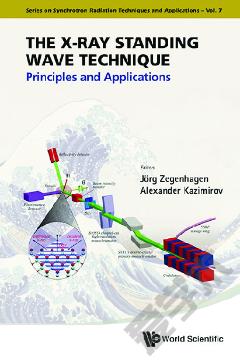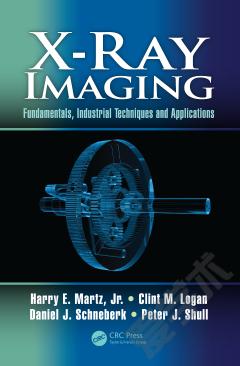X-Ray Diffraction: Structure, Principles and Applications
An important milestone in the history of science, the diffraction of X-rays, was observed by Max von Laue in 1912. In the last 100 years, X-ray diffraction (XRD) studies have revealed highly valuable information about many ordered atomic structures seen in a variety of common materials. The understanding of material structures opened the door to the reliable application of these materials and allowed scientific discussions about material properties and structural features to become possible. Besides playing this crucial role in history, XRD has now also successfully transformed itself into a method in the forefront of extending much of our knowledge boundaries. Written by more than 30 X-ray diffraction experts from 9 countries/regions, this book consists of 11 chapters examining the development of the XRD technique and demonstrating various new opportunities for its application. Each chapter discusses timely and important subjects surrounding the XRD technique, including the past and future of the single-crystal XRD technique and new explorations with coordination polymers; the very successful implementation of Rietveld refinement analysis for alloys, intermetallics, cements, and ceramics; the application of XRD in nanoparticles structure study; the methodological developments in quantifying the state of residual stress in materials; and the state-of-the-art progress in combining XRD principles with electron crystallography for structure determination.
{{comment.content}}








 京公网安备 11010802027623号
京公网安备 11010802027623号